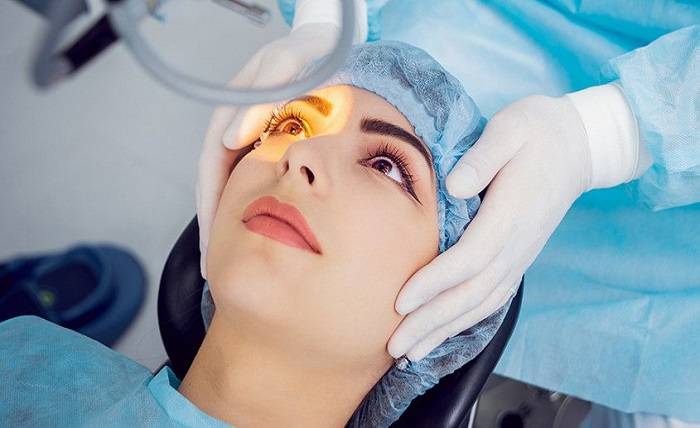5 Myths of Laser Eye Surgery Dispelled

Approval for the first commercial corrective laser eye surgery was granted but the FDA in 1998. It’s been more than two decades since people have been receiving LASIK treatment, and there are still myths around the process that need to be dispelled. These are the most common ones.
It Is Risky; You Could Go Blind
There is a small amount of truth to this one because there are risks with any surgery. The risks are very, very small, however. Complications occur in around 4% of cases, so make sure your consultant informs you of all the risks. Complications with LASIK that do occur can usually be corrected very easily, resulting in little or no loss of vision. Related complications could be dry eyes in the months after surgery, but this is easily corrected by artificial tear supplements. Many patients experience glare or halo effects when night driving immediately after treatment, and it is sometimes more intense the higher the correction that is made, but it is not often severe. In rare cases, excessive thinning of the eye wall causes the shape of the eye to be unstable after treatment. Some patients could require corneal surgery or hard contact lenses to restore vision.
The bottom line, severe loss of vision is very unusual. But do your research and ask your surgeon how often they have experienced complications and why.
It Is Painful
It really isn’t. Special, numbing anesthetic drops are administered to the eye before the procedure so that no pain is felt during the actual procedure. Afterward, some patients may experience some mild discomfort but this declines within three days, depending on the treatment performed. There are a few “LASIK mills” that churn out patients that offer a very low quality of care, and most of the severe side effects have been traced to these fly-by-night clinics, so make sure that you get a referral to a trusted facility like Memorial Eye Institute Harrisburg from your family doctor.
It Can Take A Long Time To Heal
The effects of LASIK are almost instant, and most people are back at work within a few days to a week. Complete, full recovery from laser eye surgery treatment can take up to 6 months. In that time, you will have had several aftercare appointments to make sure that healing is on track and that there are no adverse side effects from the procedure.
It Is Not Permanent
The effects of laser eye surgery last forever, which is the only real reason for doing it. LASIK permanently adjusts the shape of your eyes, enabling them to focus light correctly. Of course, it’s not possible to treat future visual problems with laser eye surgery, but the effects of LASIK do not wear off. LASIK does aim to provide a permanent solution—think of it like hitting the reset button on your vision—your eyes change with age, and someone who has LASIK in their twenties or thirties may still need reading glasses or further corrective surgery in later life.
It Can’t Treat Astigmatism
Astigmatism is where the eye is oval-shaped rather than perfectly round, and most people have this type of eye condition. It is possible to treat astigmatism with LASIK because the lasers involved can be programmed to reshape the cornea. There are limitations, however. Astigmatism of less than 3.00 dioptres can be corrected fully with one procedure, but higher levels may only achieve partial correction, necessitating further surgery to complete. Additionally, astigmatism can increase the cost.
Last Advice
Any surgery has a small risk of side effects, so do seek medical advice before deciding that laser surgery is the solution for you.




